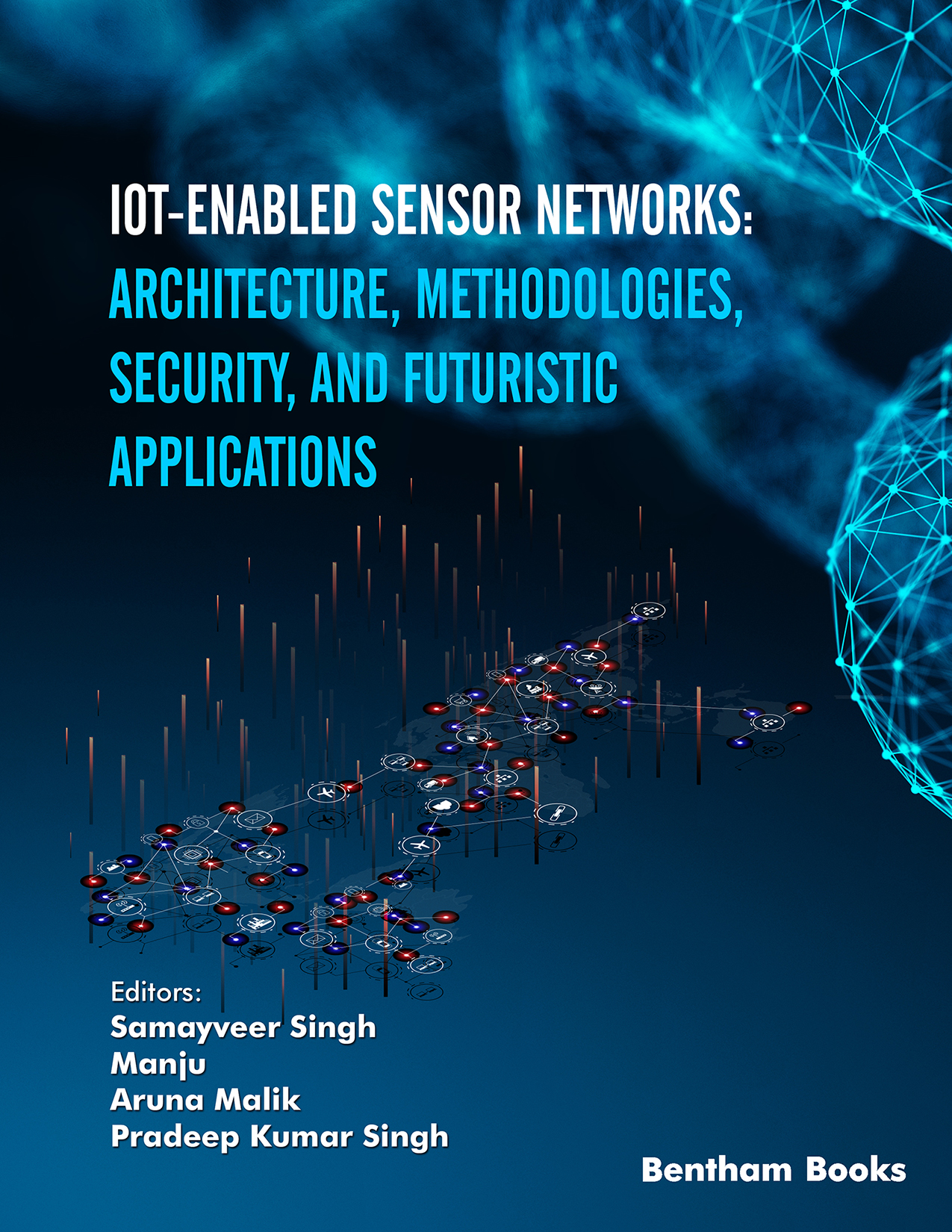Preface
The Internet of Things (IoT) significantly broadens the use of information technology by fusing the physical and digital worlds. The third wave of the IT industry revolution is currently being led by futuristic device-based networking. When it comes to smart gadgets and embedded wireless technologies that use sensing devices, recent years have witnessed enormous growth. In the near future, it is expected that billions of devices need to be connected to the Internet directly or indirectly. The term “IoT”, which was first proposed by Kevin Ashton, a British technologist, in 1999, has the potential to impact everything in today's world, sec from health care, smart cities, education, and industries.
As equipment becomes more digitalized and interconnected, networks between machines, people, and the Internet are formed. This results in the development of new ecosystems that allow for increased productivity, improved energy efficiency, and increased profitability. Sensors help to recognize the state of things, by which they gain the advantage of anticipating human needs based on the information collected per context. These sophisticated devices can make decisions on their own without human assistance in addition to gathering information from their surroundings.
We can turn on the lights in our homes from a desk in an office miles away. The built-in cameras and sensors embedded in our refrigerator let us easily keep tabs on what is present on the shelves, and when an item is close to expiration. When we get home, the thermostat has already adjusted the temperature so that it’s lukewarm or brisk, depending on our preference. These are merely a few of the millions of Internet of Things (IoT) frameworks in use these days. IoT has redefined the way we interact, communicate, and go about our daily work. From homes to maintenance to cities, the IoT ecosystem of devices is making our world smarter and more efficient. In this guide, we'll discuss everything you need to know about IoT, a world where more and more things are connected.
Chapters 1 and 2 of this book discuss in-depth the challenges, applications, and recent advances in the field of IoT. Chapters 3 to 5 have discussed various approaches to IoT implementation in different niches, along with an analysis of IoT-enabled wireless sensor networks. Chapters 6 and 9 provide information about recent technologies to mitigate security issues in IoT networks.
Samayveer Singh
Department of Computer Science and Engineering
Dr. B. R. Ambedkar National Institute of Technology
Jalandhar, Punjab, India
Manju
Department of Computer Science and Information Technology
Jaypee Institute of Information Technology
Noida, Uttar Pradesh, India
Aruna Malik
Department of Computer Science and Engineering
Dr. B. R. Ambedkar National Institute of Technology
Jalandhar, Punjab, India
&
Pradeep Kumar Singh
Jaypee University of Information Technology
Waknaghat, India

